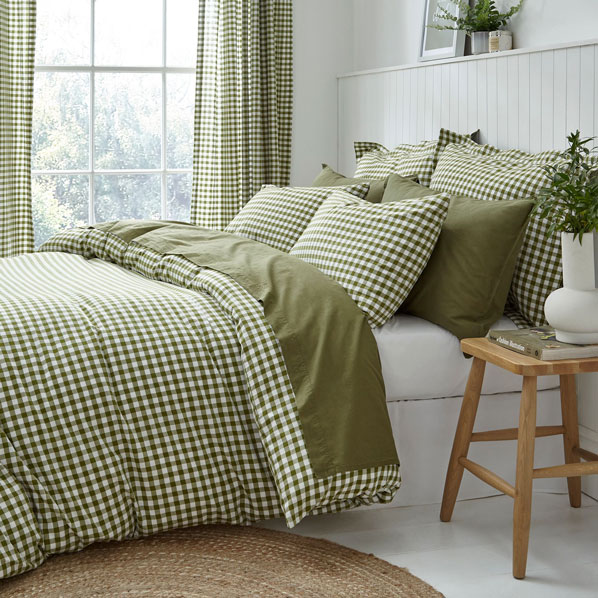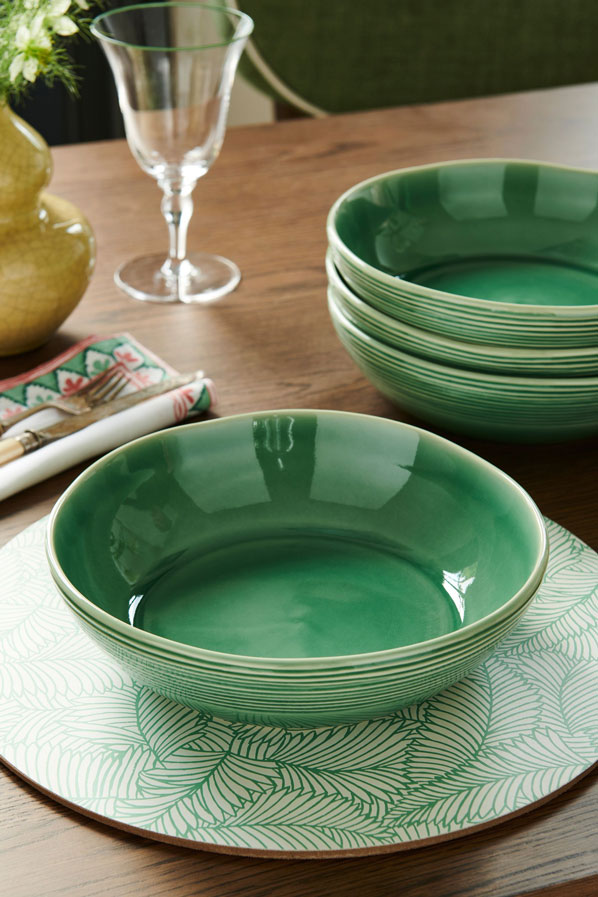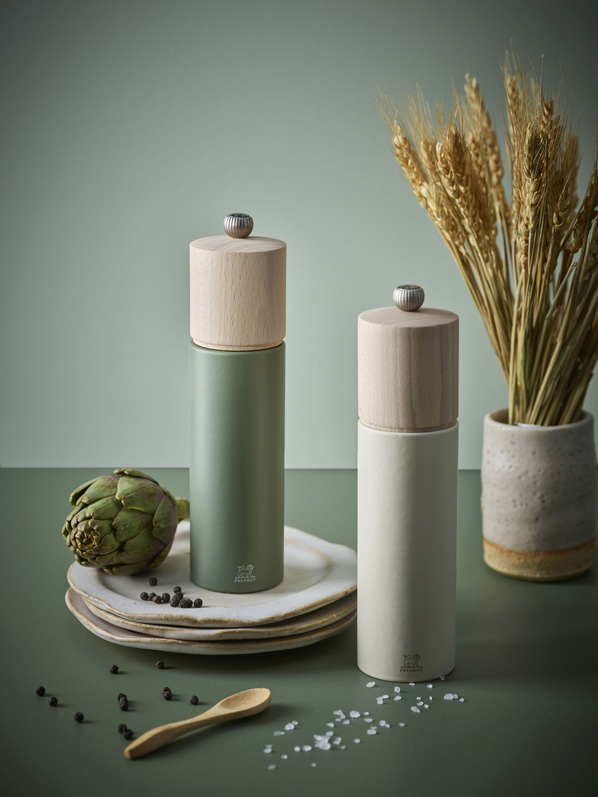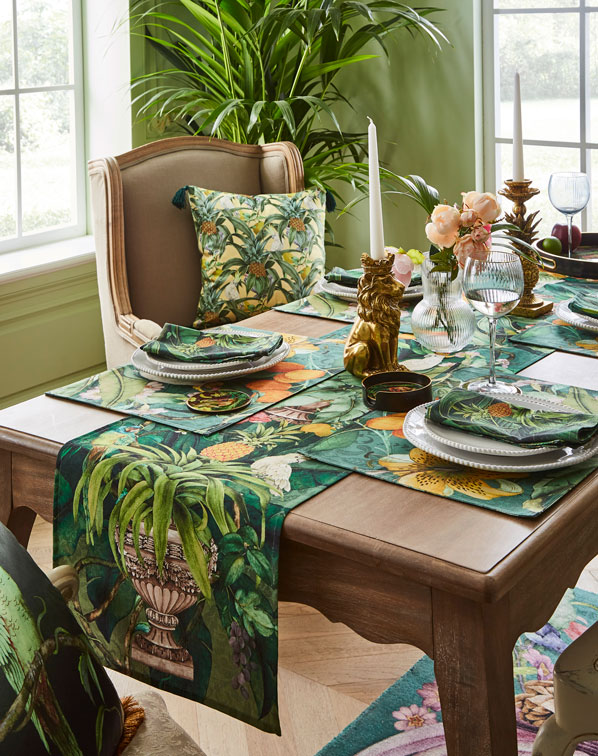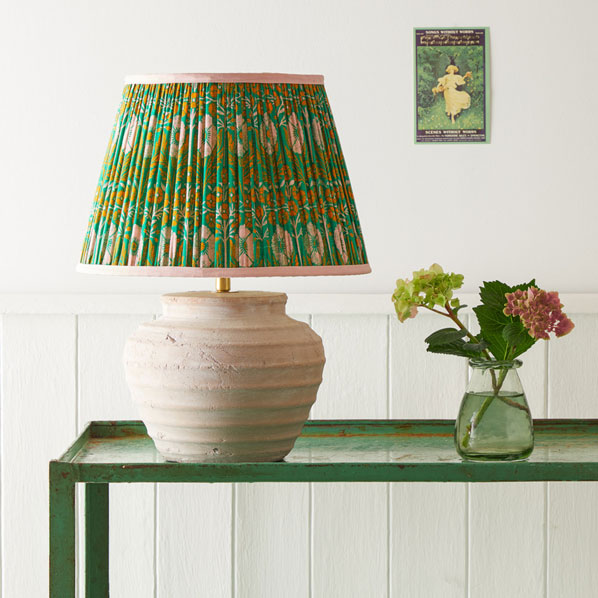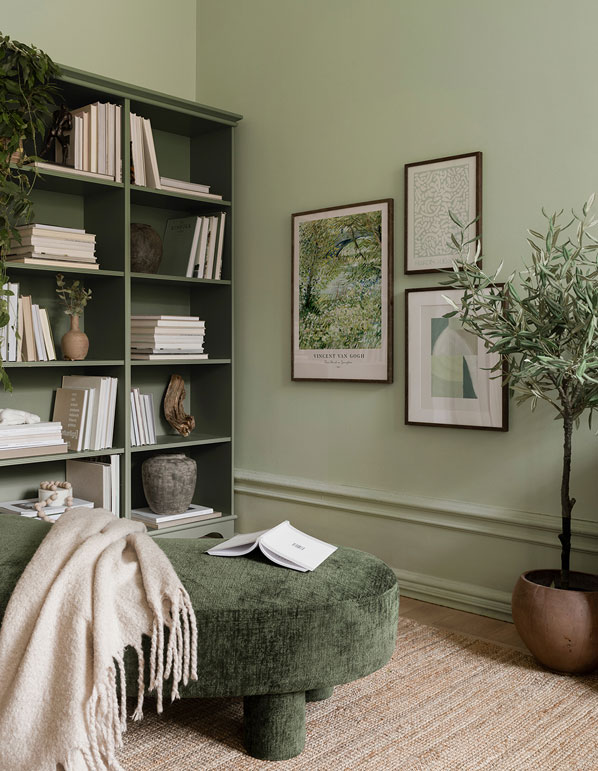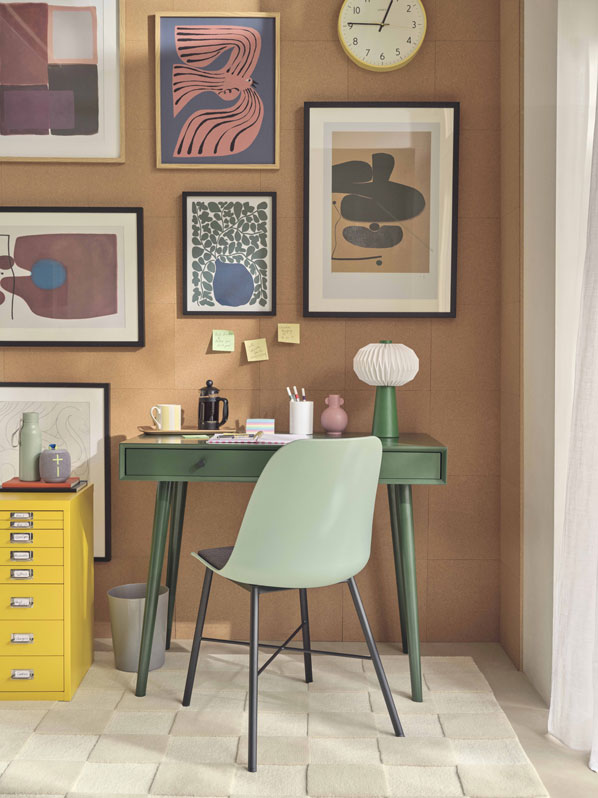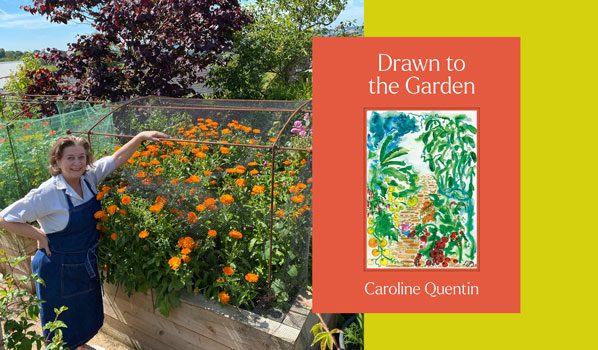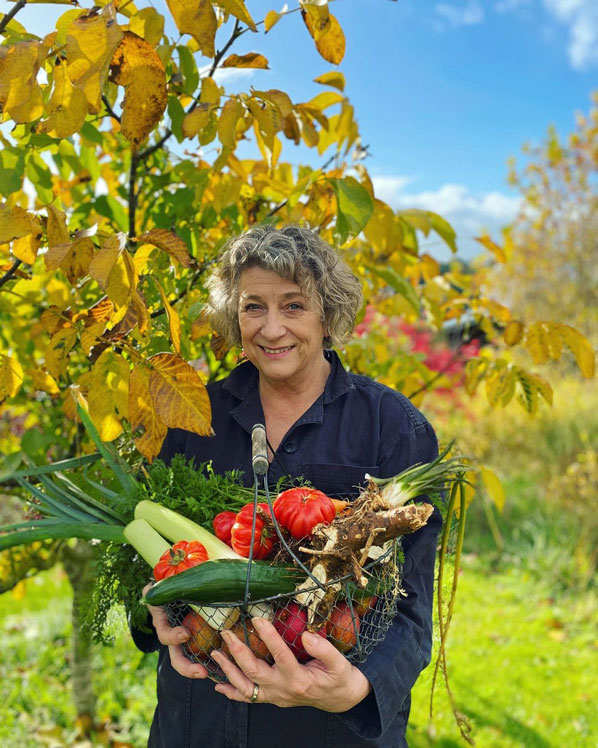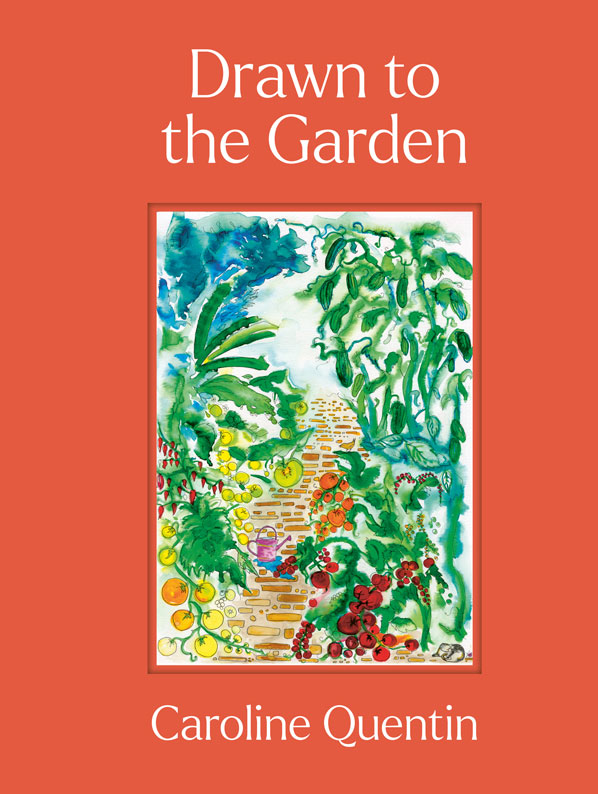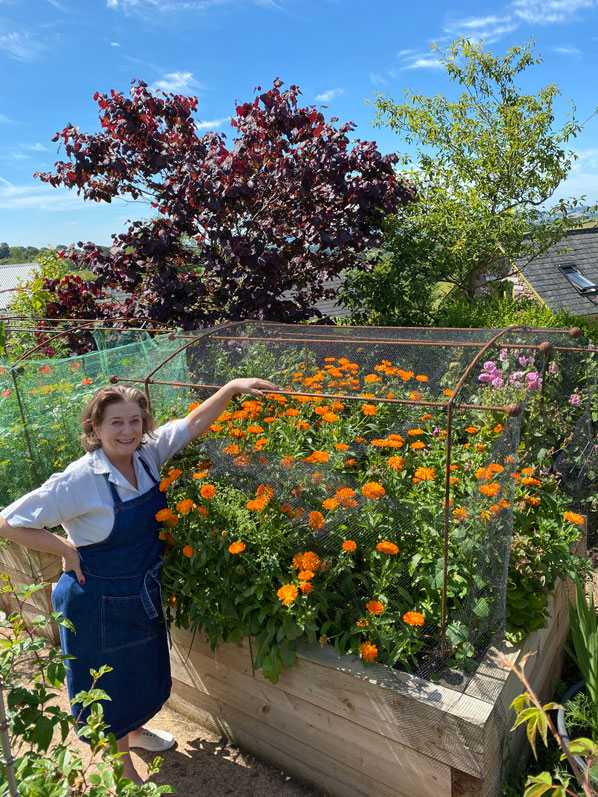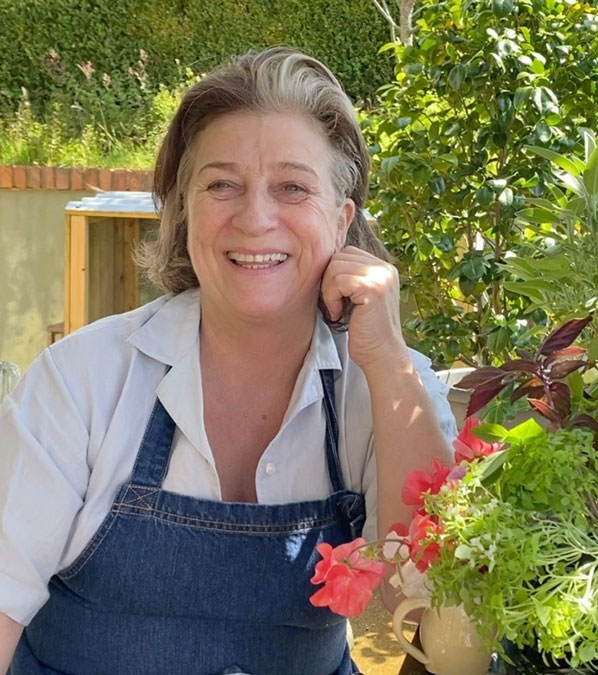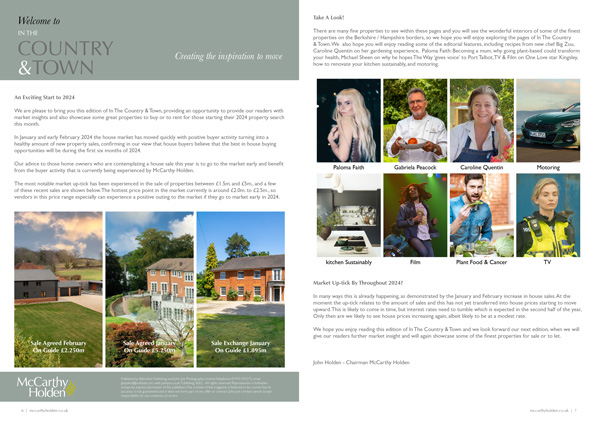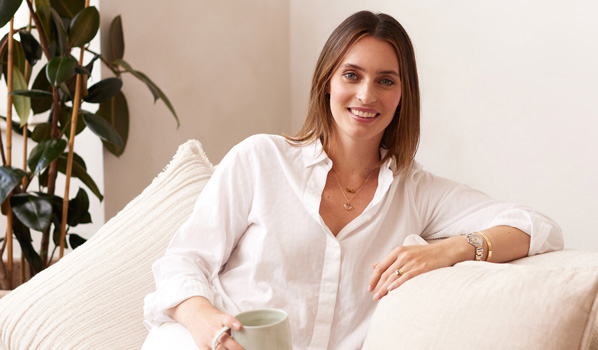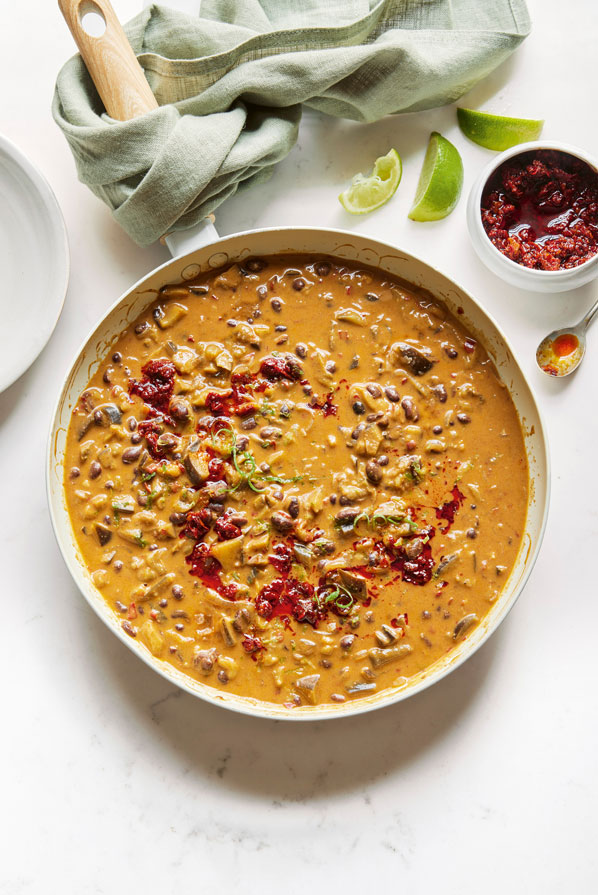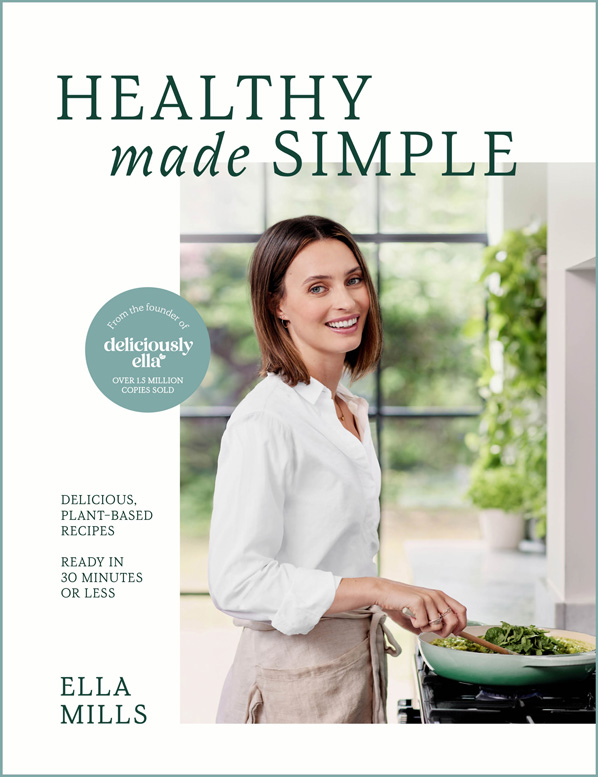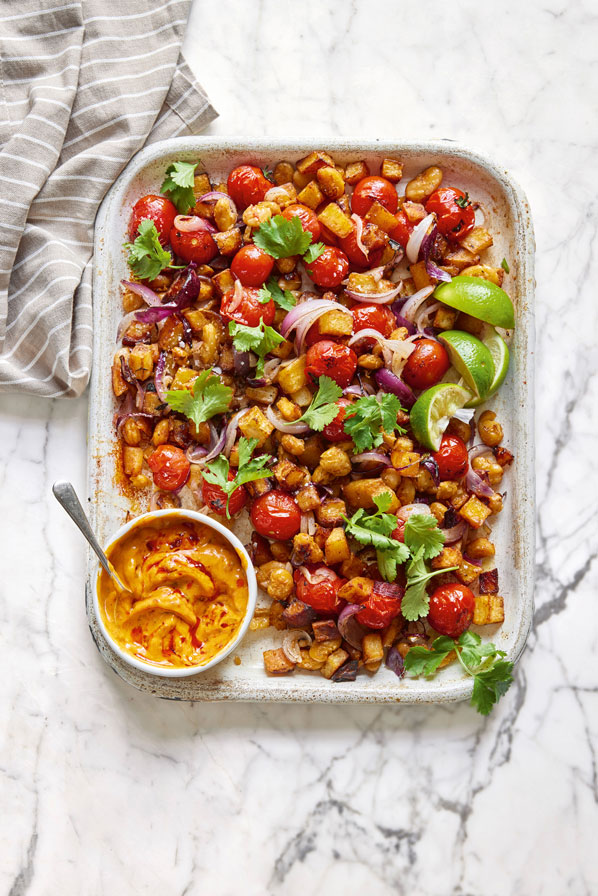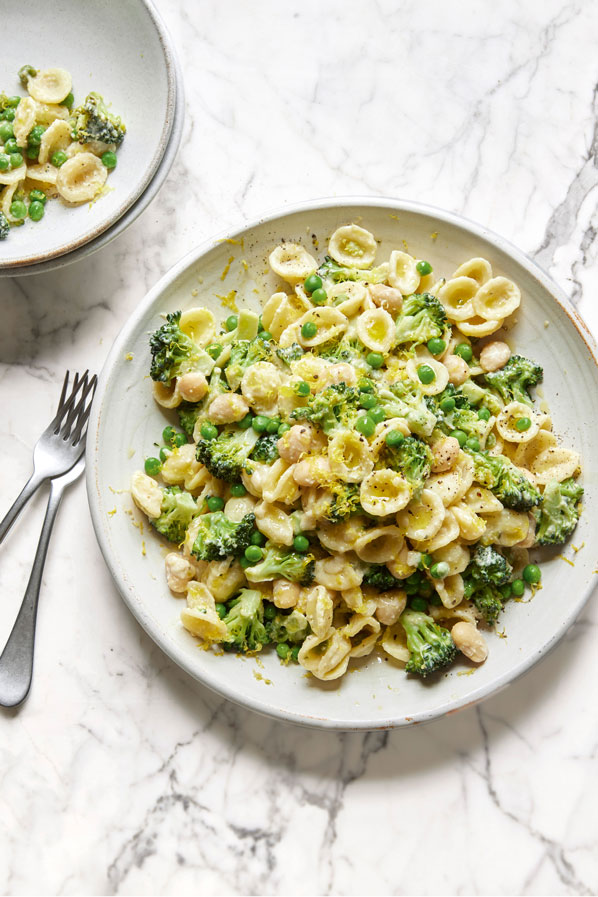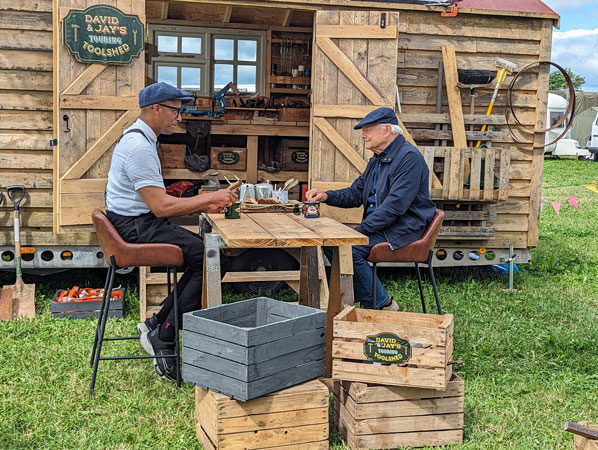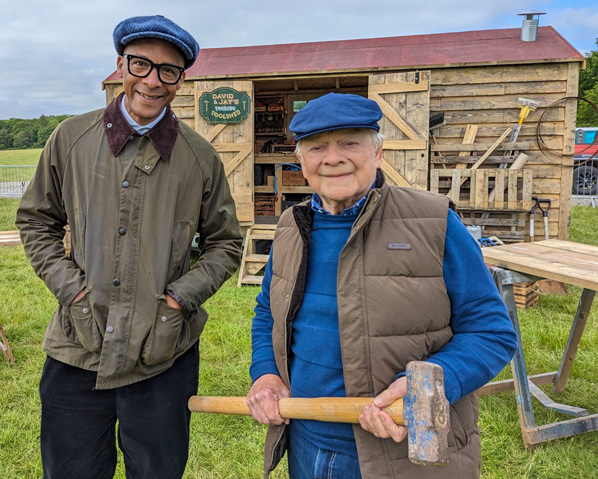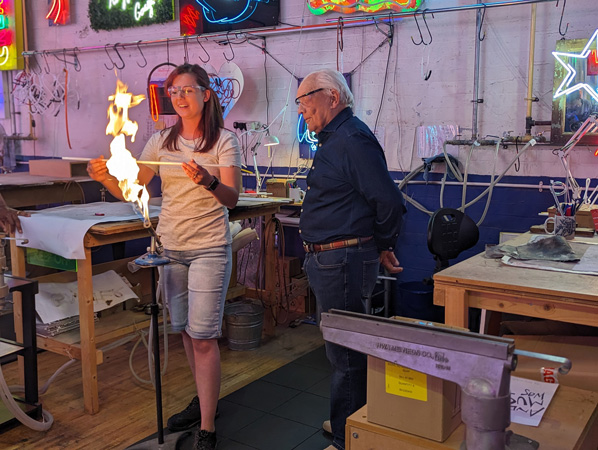The genial presenter reflects on a quarter of a century of clever, creative and sometimes ‘bonkers’ build projects. By Lisa Salmon.

With heroes in the shape of hard-working builders and clever designers, villains like mud, rain and running out of money, and a happy ‘home of your dreams’ ending – Grand Designs has all the ingredients for a fantastic story.
And for the Channel 4 show’s presenter Kevin McCloud, who’s guided us through intrepid homeowners’ attempts to create showstopping and quirky homes for the last 25 years, it’s a story that’s become part of his own.
“It’s become me, and I’ve become it,” declares McCloud, 65.
“I think it’s one of those big adventures we all imagine we might go on, even if we don’t. And it seems to tease out every human emotion, every human drive, the good and the bad. And that, I think, is why people watch – it’s storytelling.
“We have villains in the form of mud and money and rain, and then there are the heroes – the craftspeople, builders, inventors and engineers – who are just trying to do good stuff, and in that sense it’s no different to listening to somebody tell a story in a tribe 3,000 years ago, sat around a campfire.”
Now, 25 years since the show was first aired in 1999, McCloud is presenting a new series, preceded by a 25th anniversary special episode which took viewers through some of the show’s greatest and greenest self-build journeys.
Cementing the Grand Designs silver jubilee is a new book, Grand Designs At 25, featuring the most stand-out builds, chosen by McCloud.
He thinks the book’s turned out “wonderfully well” but hesitates to go as far as saying he’s proud of Grand Designs and what he and it have achieved over a quarter of a century, instead opting to say he’s “at peace with it”.
“I don’t see myself as any different from the audience. We all love design and making stuff and building and architecture and construction, and we all love, in a way, the mud and seeing something change for the better,” McCloud reasons.
“When I say I’ve made my peace with it, what I mean is I have no distinction. I just happen to be on that side of the camera, but we’re all sharing the same love and enthusiasm for the same things.”

So, what does the father-of-four think has changed most during the show’s 25 years?
He says architecture is much more accessible than it used to be, and adds: “Sustainability has become central to the agenda. It wasn’t part of government policy 25 years ago, but it now is.”
Costs have of course risen, and – often as a consequence of that – houses are taking much longer to build, McCloud observes. Aside from general inflation, he says the biggest price rises have been for land, and the increased cost of building materials as a result of the pandemic and Brexit.
“So 15 or 20 years ago, to build a decent self-build home from the slab up would cost about £3,000 per square-metre, and that was doing a nice job,” says McCloud, “Now it would be £4,500-£5,000 per square-metre. So in 15 years, it’s gone up by 50%, but the big hikes have happened in the last 10 years.”
Despite the price rises, people aren’t cutting corners on their Grand Designs.
“They’re thinking their way out of trouble,” McCloud explains. “Designing better buildings, making them a bit smaller, being careful and clever. But they’re taking much longer, that’s the trouble.”
He estimates that in the past, on average it took two to four years to build a Grand Designs house. “Now it’s taking four to six years, and all the projects we’re planning to air this year, it’s like, when is it going to be ready? So that’s had a big impact on us.
“What people are doing is trying to build for the same money, so they’re trying to do as much of it themselves as they can. They’re trying to rationalise their designs and preserve quality, and they’re taking forever.”

Another change he’s noticed has been the “increasing Americanisation” of housing, and this ‘bigger is better’ ethos is linked to a major bugbear of McCloud’s…
“I know people, when they build a grand design, often think the word ‘grand’ in the title refers to the size of the building – it’s got to be huge. And I didn’t used to have to do this, but I now go to great pains to say to people, ‘grand’ is all about the vision,” he explains.
“If you don’t have a vision for either the design or the technology, or for pushing boundaries, or trying stuff which nobody’s done before, then we’ll probably be less interested to make a programme.
“Size isn’t everything – size is almost irrelevant. It’s about the grand scale of imagination, not physical space. I think the one thing that architecture has shown me over my life is that size does not equal space.”
For example, you can create a small building with a lofty ceiling and “a view of the heavens that gives you contact with infinity”, he says, or a well-designed and ergonomic house can become “what seems like the most spacious home as a result”.

There’s no particular Grand Designs project that stands out above all others for McCloud, but he points out: “My favourite ones are always the most intriguing, difficult, the longest, the ones that are complex in terms of how they’re brought into being, but sometimes the simplest in design.”
He can’t deny that sometimes the projects are “a bit nuts” – but that is part of the lure.
“Sometimes I look at the project dispassionately and think I’ve got a job to communicate this idea without making it sound bonkers. But it’s entertaining if it is slightly bonkers.
“On the one hand, you want to make stuff accessible to viewers,” he adds. “On the other hand, so much of Grand Designs is about portraying eccentricity and people moving to the margins of society and doing their own thing. It’s important to remember that what they’re doing is a bit nuts, and the rest of us are at home on the sofa.”
And it’s hard not to admire people for following their dreams, even if their visions are a bit “bonkers”.
“There are plenty of people not suited to building their own home – it requires huge reserves of patience and stamina and tolerance, and you need to be a very adept human being.
“Of course, the vast majority of our viewers are not ever going to do this – but that’s not why they’re watching. They’re not watching because it’s a manual, they’re watching because they’re trying to understand the journey,” says McCloud.
“But I think most people are watching just for the craziness of it. Just for the, ‘What are they going to do next?’.”
The new series of Grand Designs starts on Channel 4 on Wednesday, September 25.
Grand Designs At 25 by Kevin McCloud is published by White Lion, priced £28. Available now.
Grand Designs Live is at the NEC in Birmingham from October 2-6.


































